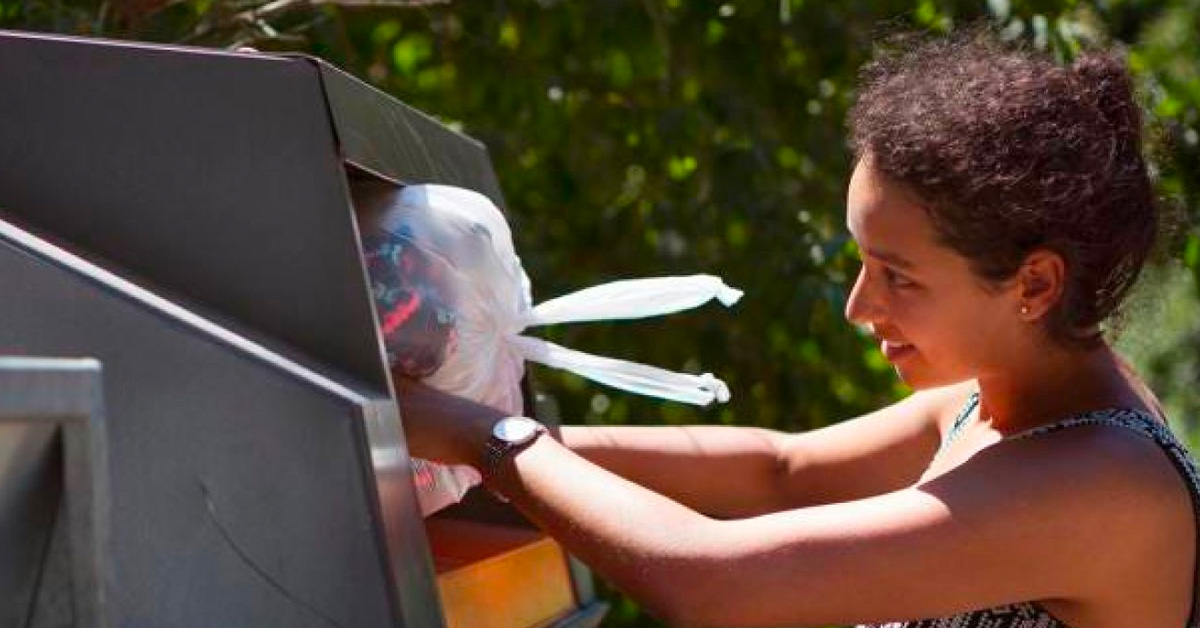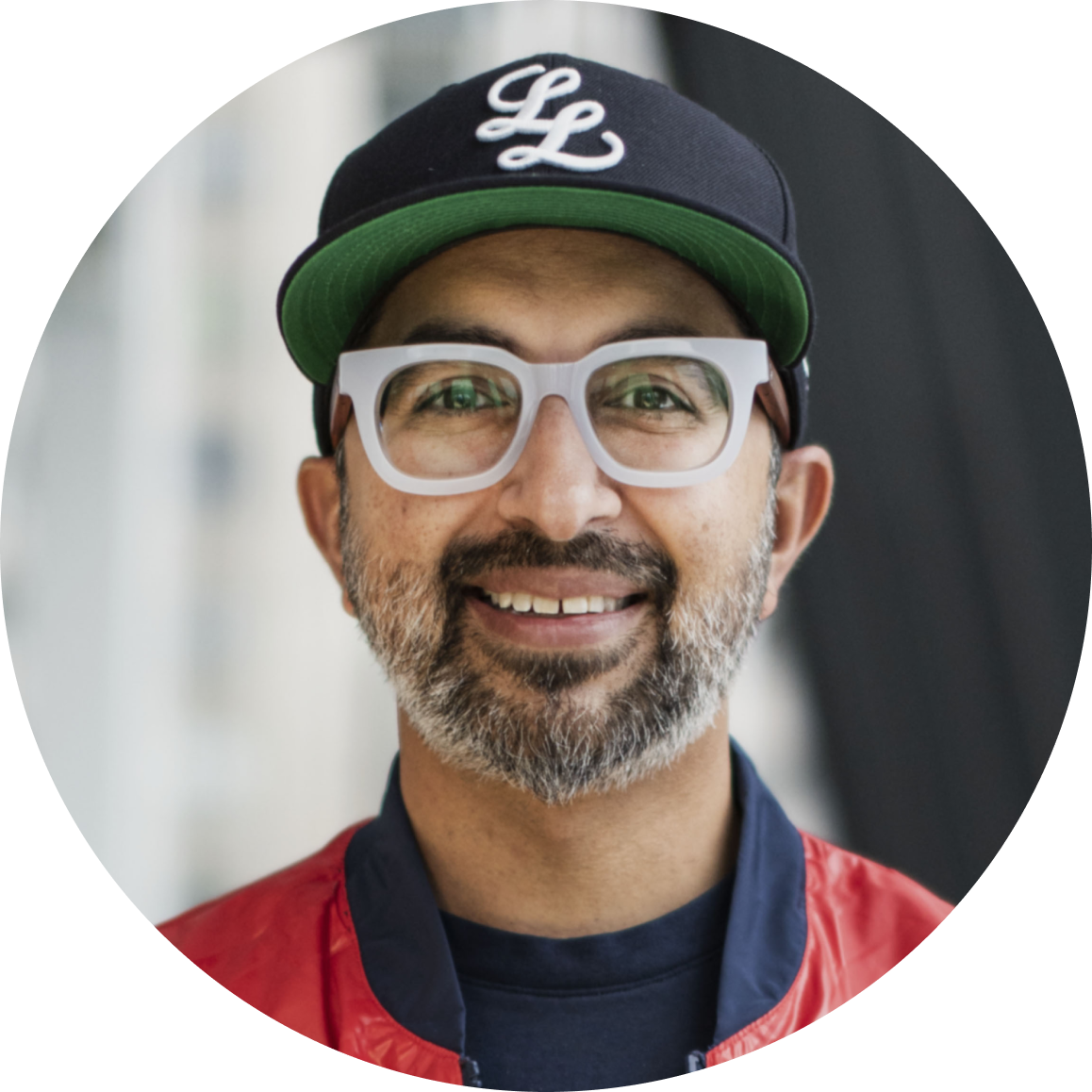This post was originally featured on Forbes.
Challenger Brands Reshape Retail
Ida Auken, a Danish member of Parliament, shocked the world by suggesting that by the year 2030, we would own nothing (and be happy about it). Though she said this to prompt a discussion “about some of the pros and cons of the current technological development,” it gave us a glimpse of where the future could be heading. When you look at the way consumers approach ownership and sustainability in 2021, you start to see it’s a statement founded on truth. For years, we’ve used products for a period of time before discarding them, storing them, or (if they’re not collectible) leaving them to degrade in value over time. For context, self-storage is a business worth $38 billion in the U.S. alone, with households accounting for 80% of that.
Today, that’s starting to change. But what does that change mean for businesses and what steps should they be taking to ensure they’re better prepared for this possible future?
Embrace reselling.
When it comes to ownership and sustainability, things are moving in the right direction. According to ThredUp’s 2021 Resale Report, “We are in the early stages of a radical transformation in retail.”
Nearly two in five people say they’re replacing fast fashion purchases with secondhand clothing, and a quarter of consumers say they care less about wearing the latest trends than before the pandemic. These are shifts driven by an awareness of our impact on the planet (particularly in the grip of Covid-19) and platforms like TikTok becoming educational hubs.
We’re also seeing big companies put this notion into action. Recently, H&M launched Rewear, a dedicated hub where shoppers can buy and sell used fashion items from H&M and other brands.
With your own business, look at where you can not just embrace reselling, but design a process that creates a loop and rewards customers for doing so. For example, to encourage engagement, H&M offers sellers using Rewear the option to receive payment as an H&M gift card, with an added 20% in value.
Redefine the meaning of new.
Recently, Women’s Wear Daily published “In a World Where Every Brand Is a Reseller — What Would Fashion Look Like?” The article examines exactly what the title implies, with a specific section dedicated to the potential of circular models redefining what “new” means. In fashion, an industry with strict seasonal releases and a constant swirl of new trends, this conversation is vital.
When it comes to your own business, explore how you’re approaching ‘new’ and whether you can redefine it for the better. A particular focus of this can be through the process of restoring items to a ‘new’ condition using other resources or embracing the maker movement, where used items are recombined into newer and often better ones.
Outdoor gear brand Cotopaxi does this with their Del Día collection, made from fabric left over from the large production runs of other companies. Thousand Fell is another, creating the first-ever full-circle sneaker.
Realize that people are more open to leasing than you might think.
There’s huge power in embracing the concept of leasing, where we pay to use products when we need them, and then help them find a useful path back into circulation so others can enjoy them. It’s a process that naturally displaces the need to produce new, often lower quality goods, and makes sense in our Spotify and Netflix ready, access-over-ownership culture.
As you build a business, explore whether you can include a rental vertical. Rebecca Minkoff, a fashion brand known for its experimentation and innovation, recently announced it would be the first to offer a borrow option on its website without a monthly subscription.
This allows customers to borrow an item, wear it as many times as they like in that period before having the option to purchase it discounted without feeling as though they need to commit to a long-standing subscription.
Ensure you’re building for value retention.
Building an aspirational brand with durable products yields stronger value retention, often allowing for the true cost of usage to be lower than expected.
However, this requires systems that transparently predict the value of your items, based on their expected depreciation at their trade-in condition, and make it easy to resell them. The stronger these systems are, and the demand is, the stronger the incentive for companies to produce goods that retain their value or can be upgraded.
Change will only come with the introduction of new models and the evolution of infrastructure. While it’s unrealistic to think that you can rearrange your entire business from one that sells to one that leases overnight, there are steps you can take to accelerate your shift to leasing, and as a result, limit consumers’ dependence on having to buy everything new.



